What life is actually like for people living in Syria right now
Kurdish fighters have taken more than 200 villages and towns from Isis in three weeks, under the cover of coalition air strikes
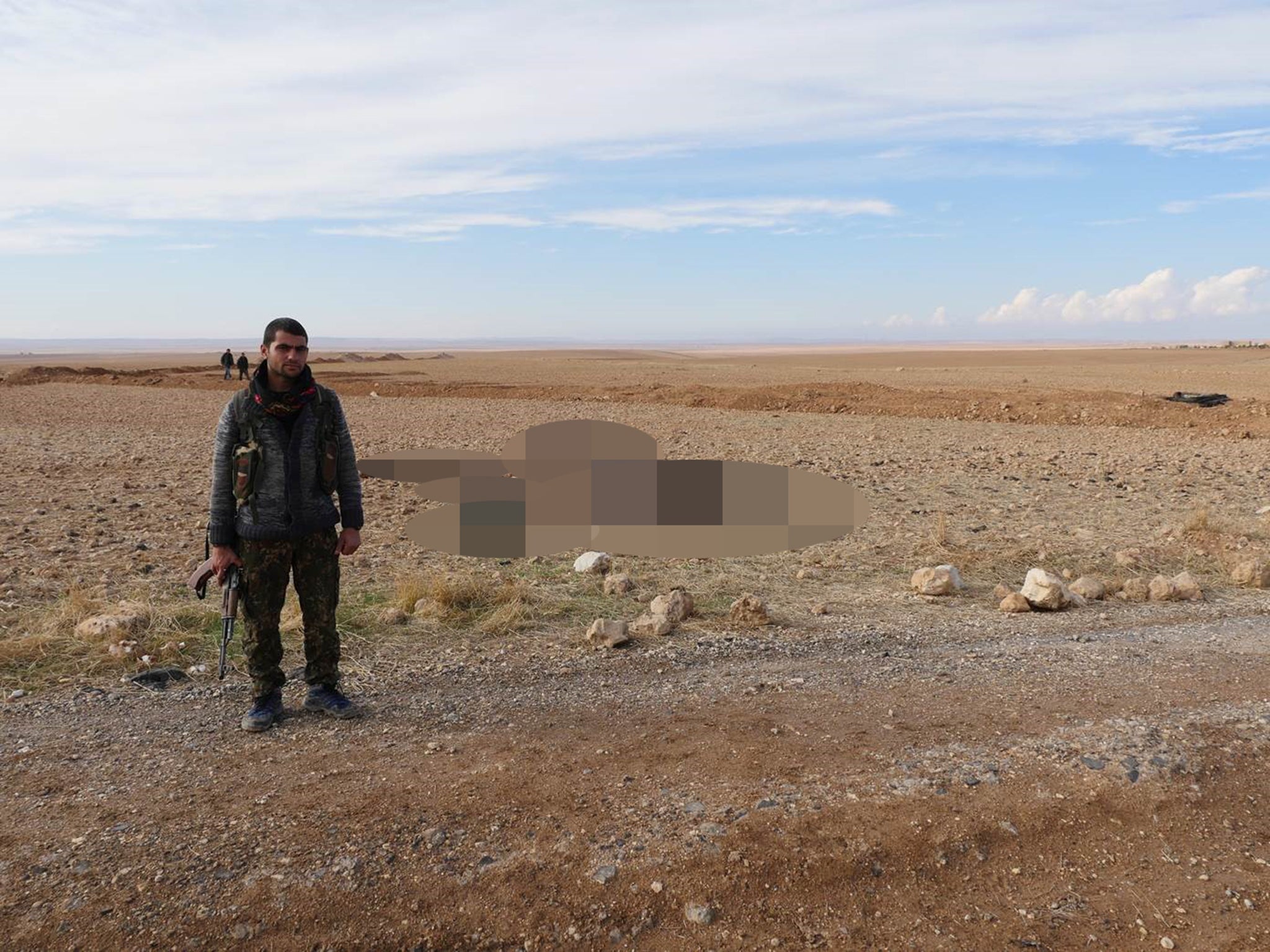
The war in Syria looks very different from the ground, as photographs from the Kurdish frontline show the reality of the war British MPs have decided to join.
YPG fighters just 30 miles from Raqqa, the self-declared capital of Isis, prevented around a dozen militants from attacking their furthest outpost.
An unexploded suicide vest lies on the ground next to the bodies of the Isis fighters, who mounted an early morning attack against the town of Ain Issa using fog as cover.
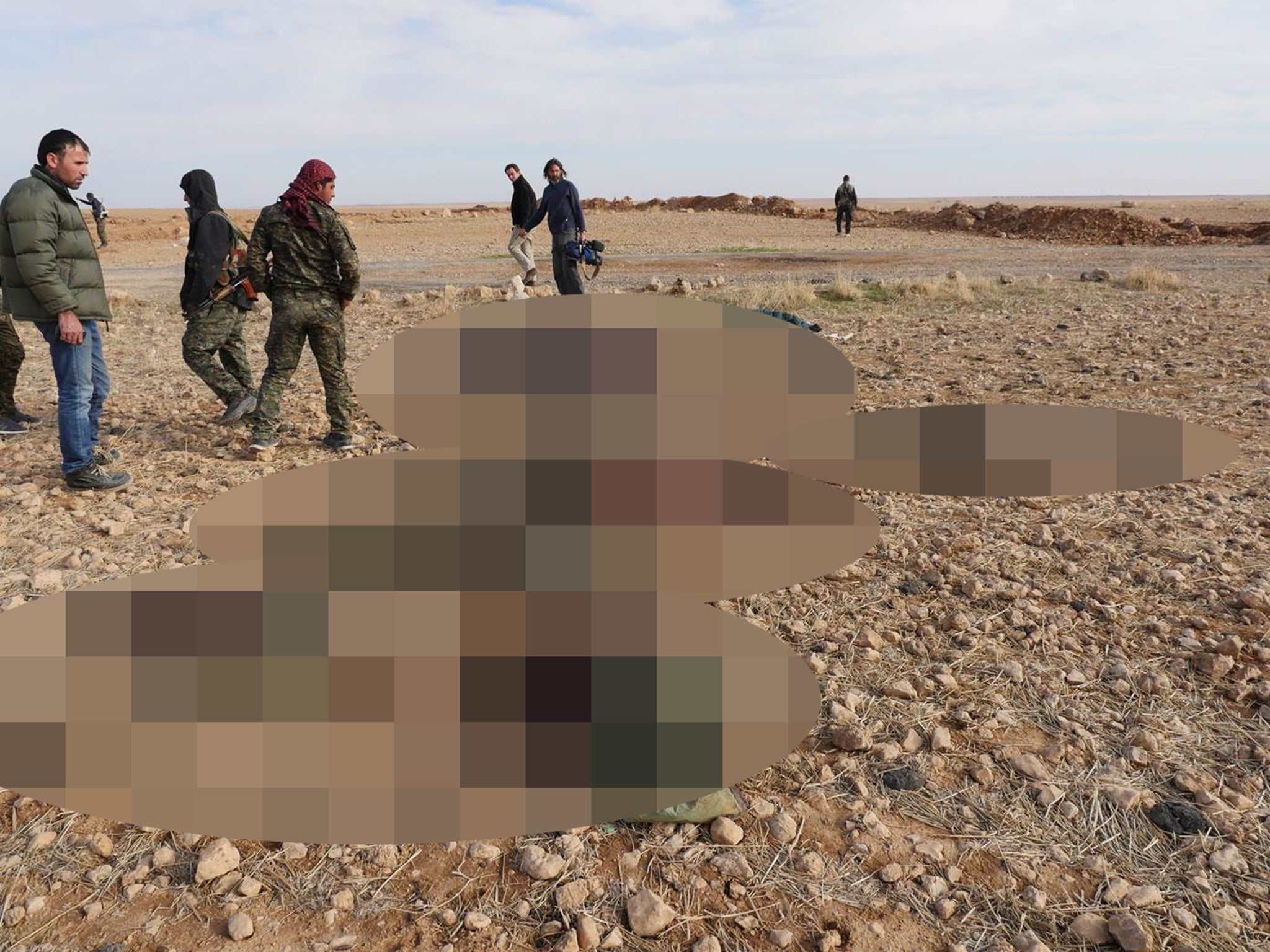
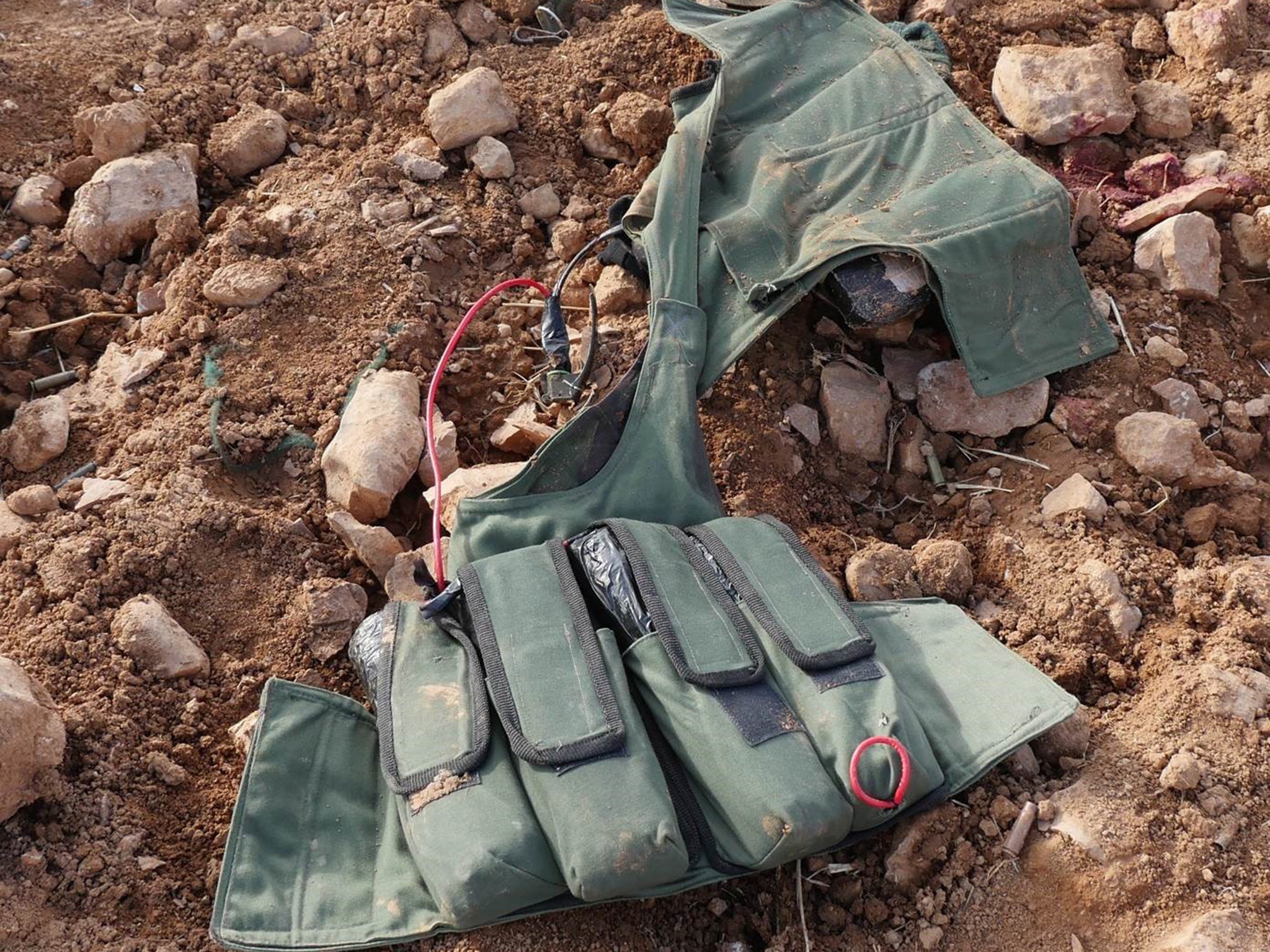
They were discovered in time and killed. Two were found to be wearing suicide vests and most appeared to be teenagers.
Pictures taken by ITV's senior international correspondent John Irvine show the ruins of an Isis base hit by air strikes. An abandoned Sharia Court can also be seen.
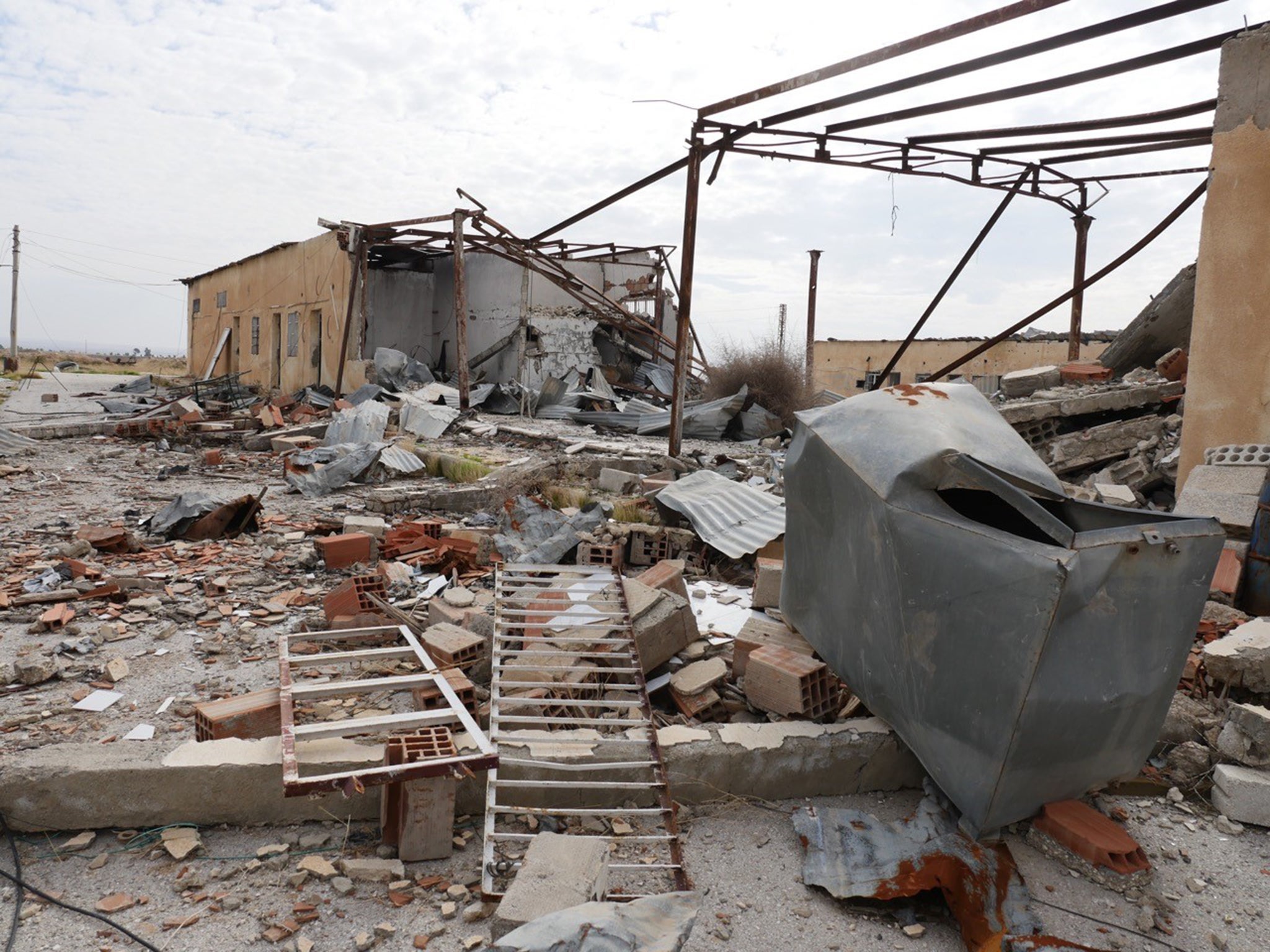
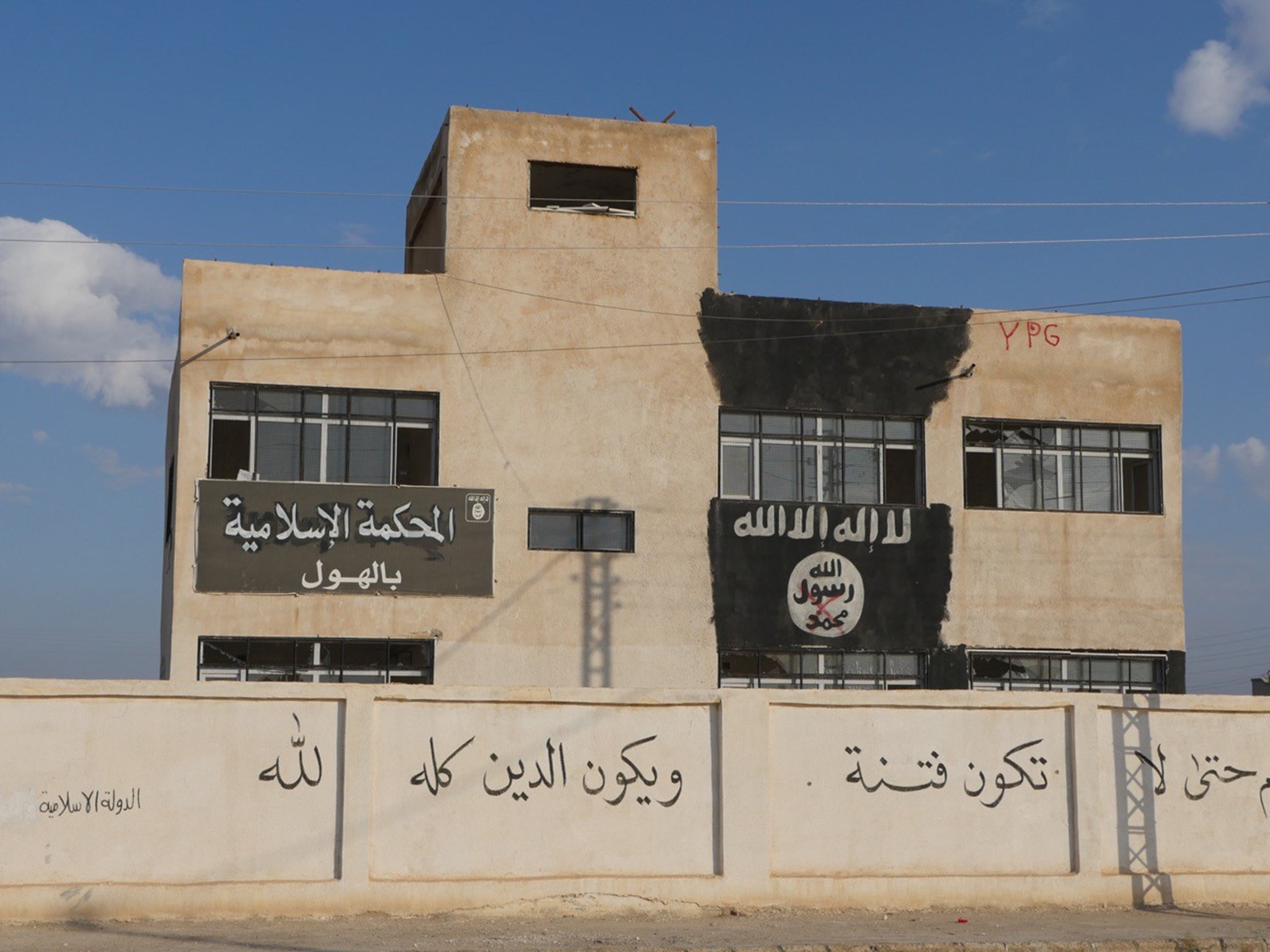
During an offensive launched just before the Paris attacks, the YPG have taken more than 200 villages and towns from Isis in three weeks, under the cover of coalition air strikes.
Unlike the Kurds, who have been the main group engaged in battle with Isis in Iraq and Syria, there will be no British "boots on the ground".
Instead, the UK will take part in air strikes taking off from RAF Akrotiri in Cyprus. Four RAF Tornado jets launched their first air strikes in Syria, targeting six targets related to an oil field under Isis control in the east of the country.
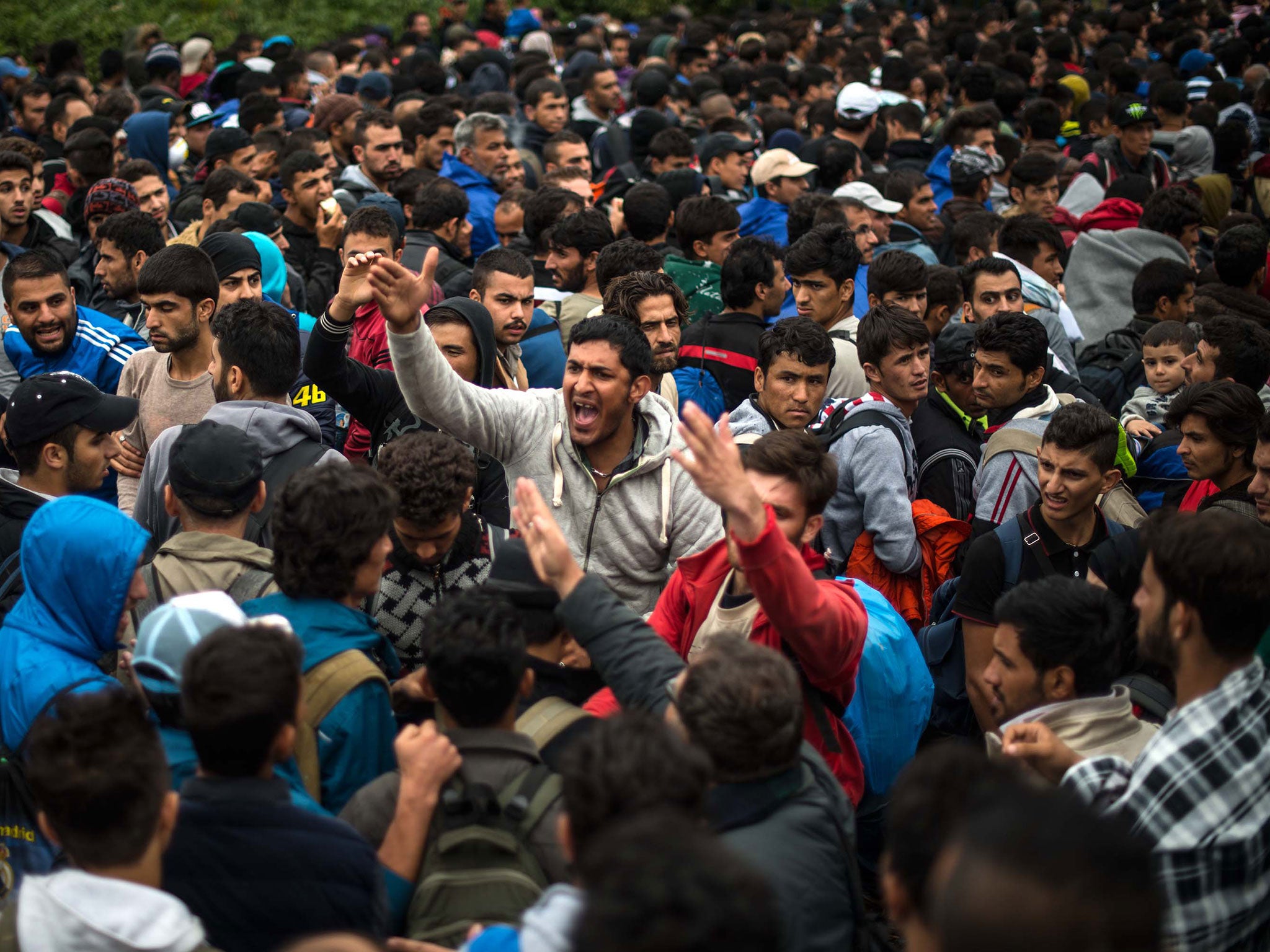
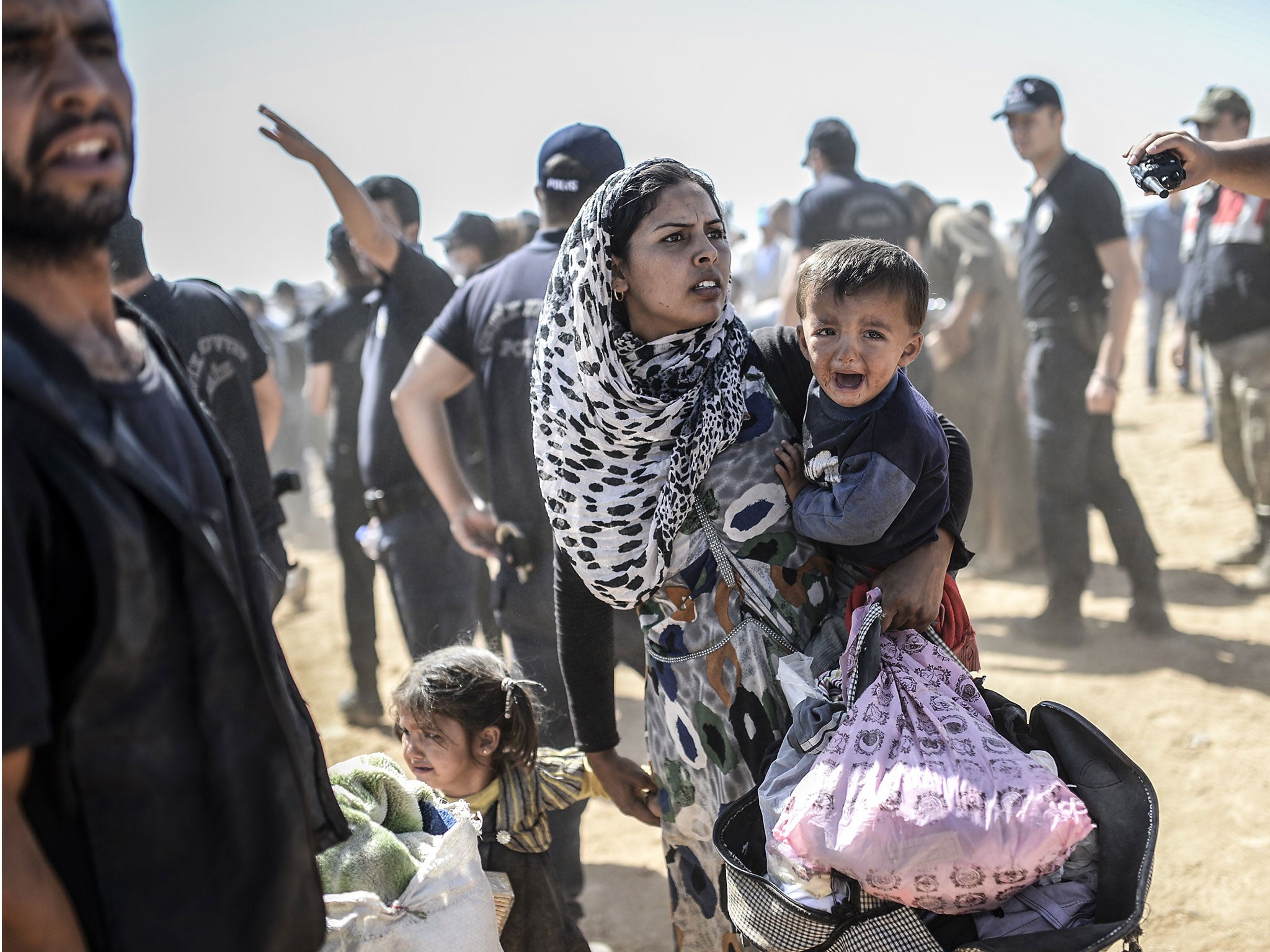
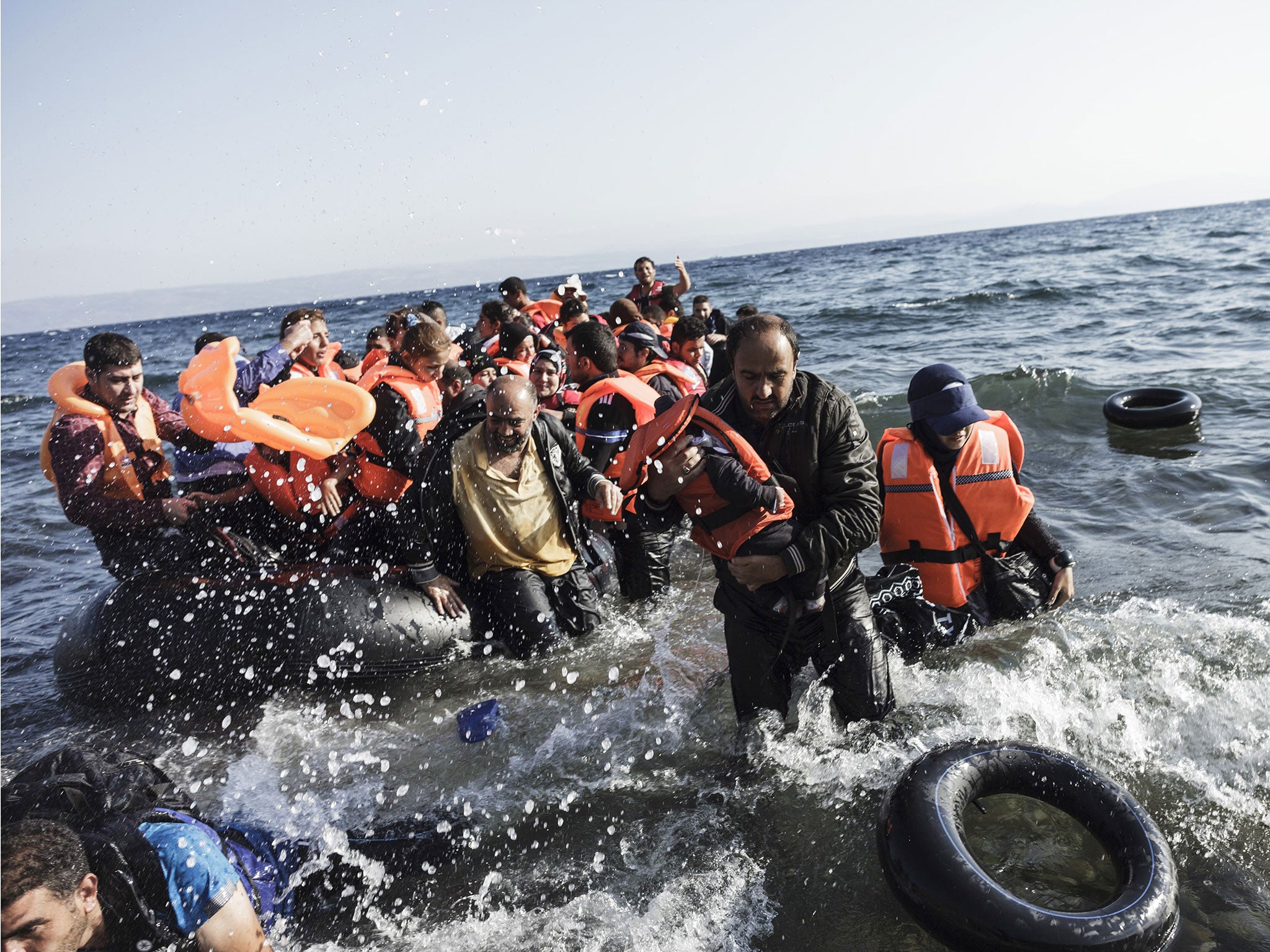
In July, the United Nations High Commissioner for Refugees reported the number of refugees fleeing Syria had surged to over four million people.
The number of Syrian refugees who had been resettled in Britain by September, just 216, could fit on a single London Underground train - with plenty of seats to spare.
Join our commenting forum
Join thought-provoking conversations, follow other Independent readers and see their replies
Comments